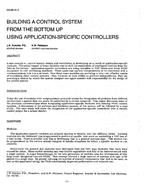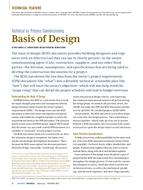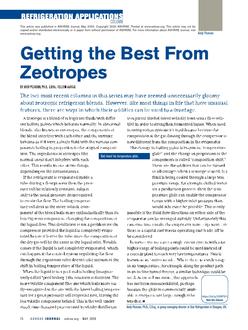Click here to purchase
The energy use of commercial buildings is highly dependent on the regional differences of building stock and local weather. Nationwide building energy use is often calculated using the simulation of a set of “reference” buildings using regional typical meteorological year (TMY) weather files which are combined in weightings indicative of relative prevalence in the national building stock. To understand how changes in future weather will affect building energy use, one could run the set of simulations with “future” weather files that are supposed to reflect the expected change in weather that comes from variations in global climate.
There are several ways of generating “future” weather for use in such simulations including “morphing” of current TMY weather data, generation of synthetic weather using statistics extracted from simulations of global climate, or by dynamic downscaling of future climate simulations, i.e. regional weather simulations driven by boundary conditions extracted from future climate simulations.
In this paper the authors present a comparison of energy use of commercial buildings in the US using current TMY files and of future weather files generated using dynamic downscaling of global circulation models. Future weather files are created from dynamic downscaled climate models for the years 2050 and 2090 the expected energy changes in total energy for the ASHRAE climate regions along with changes in expected heating and cooling energy for some specific buildings and cities are presented.
Citation: ASHRAE/IBPSA-USA Bldg Simulation Conf, Sept 2020
Product Details
- Published:
- 2020
- Units of Measure:
- Dual
- File Size:
- 1 file , 2.8 MB
- Product Code(s):
- D-BSC20-C048


